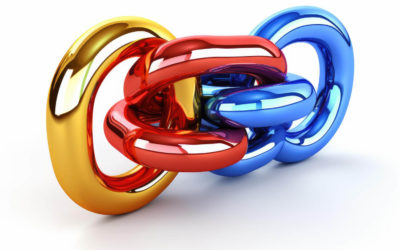Content is king, that is true. However, if you throw any old content on your site you will probably end up with frustration and poor results. But, how do you begin crafting a content strategy for your website?
If you are getting started with content marketing, matching your content to your audience is essential. You should have content that covers all stages of the buyer’s journey.
What are the stages of the buyer’s journey?
- Awareness
- Consideration
- Decision
Here is an outline of each of the stages, and what users are looking for in each stage.
Awareness:
An individual is aware they have a problem, but are not quite sure what it is and what they might need to do about it. Providing
An example from my (sometimes boring but always intriguing) life. I ride a motorcycle, and love it. I am also a little DIY inclined and like to try to solve problems myself but know very little about how to fix my bike. A few weeks back, my bike started acting sluggish when accelerating at highway speeds. After a short period of morning that something was wrong, I was now aware I had a problem.
For me, I needed content that helped me answer the question about why my bike was acting sluggish and what are the potential problems. I was not ready to make a decision, but needed information. I consulted Youtube videos, numerous websites, and a forum for my specific make and model (2004 Kawasaki Ninja if you are interested).
After a bit of research, I realized I had a problem with the carburetor, and needed to have it cleaned or rebuilt. The awareness content that I relied on helped my to diagnose the problem so that I can figure out what to do next.
Essential content for the awareness stage includes (but not limited to):
- eBooks
- Social Posts
- A guide to the problem and/or diagnosis
- Social posts from people who have experienced the same problem.
However, if you only offer awareness stage content, you will not help users consider their options and ultimately make a decision. Essentially, you are missing on the call to action that could be effective.
Consideration:
So, I now was aware I had a problem, and what that problem was I had to consider my options. Your users may range widely in their
For my carburetor problem, I had to consider whether to attempt to fix it myself or have a professional fix it. I researched what it would take to rebuild a carburetor by watching youtube videos and reading through some walk-throughs.
Content that helps in the consideration stage includes:
- Comparison guides
- Case studies
- Expert walk-throughs
If you only offer consideration stage content, you are missing on the opportunity to attract users who are fully aware of the problem they have or make a decision.
Decision
Decision stage content should help users evaluate the pros and cons of the different options they have, and if your company is a good fit.
In my case, I decided fixing this was beyond my capabilities, so I had to decide on a mechanic. I researched a few as well as the logistics of transporting my bike. Evaluating the reputations, quality, and cost was helpful.
During the decisions stage, helpful content includes:
- Product comparisons
- Demos
- Testimonials
- Product reviews
If you only gear your content for the decision stage, you are jumping to the end before properly building up the right knowledge first. Users will often care less about your decision content unless they are in the decision stage.
By considering the buyers stage, and offering the appropriate content, you can help educate buyers on issues they have, evaluate options, and make a decision that best fits them.
Learn more about content strategy




